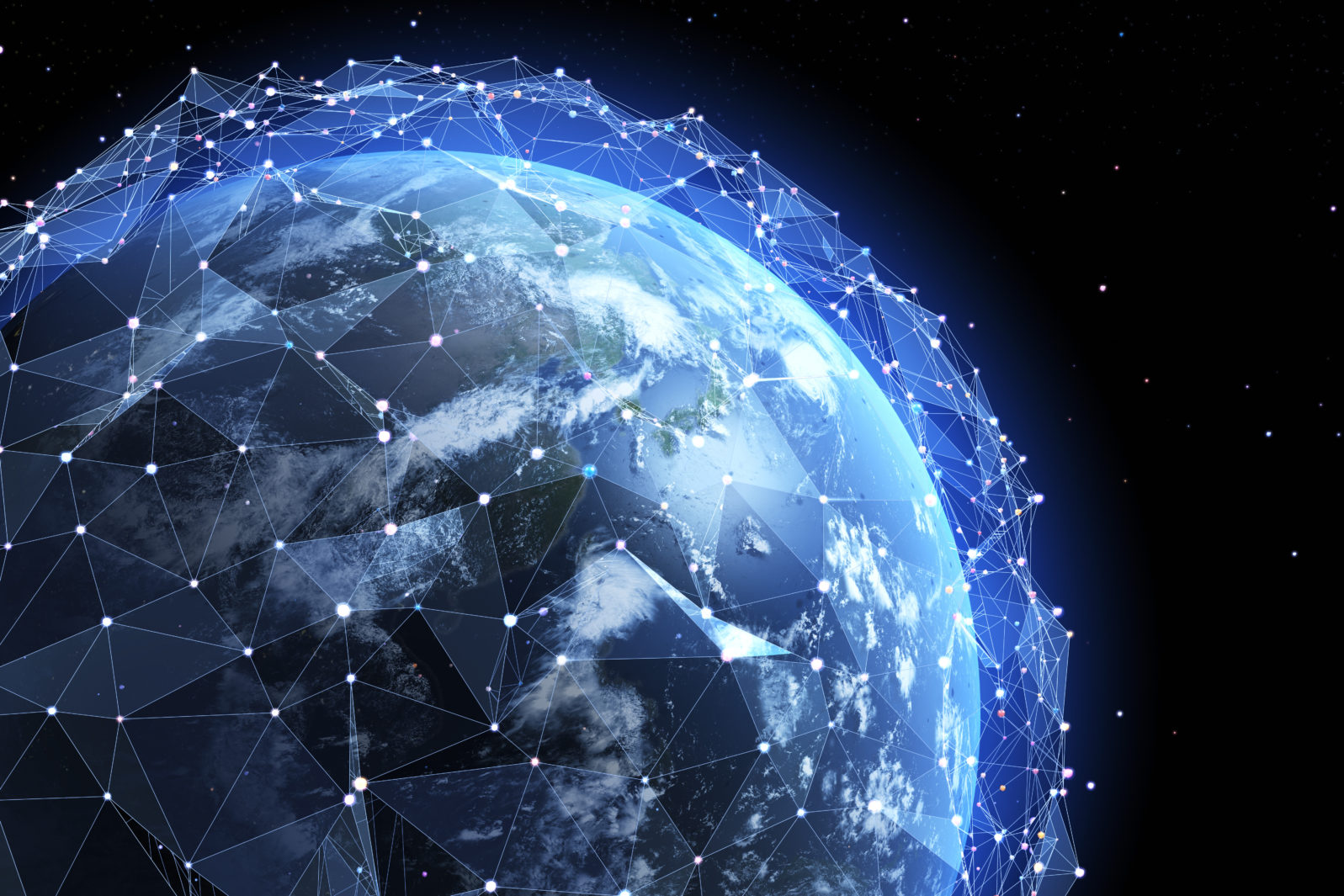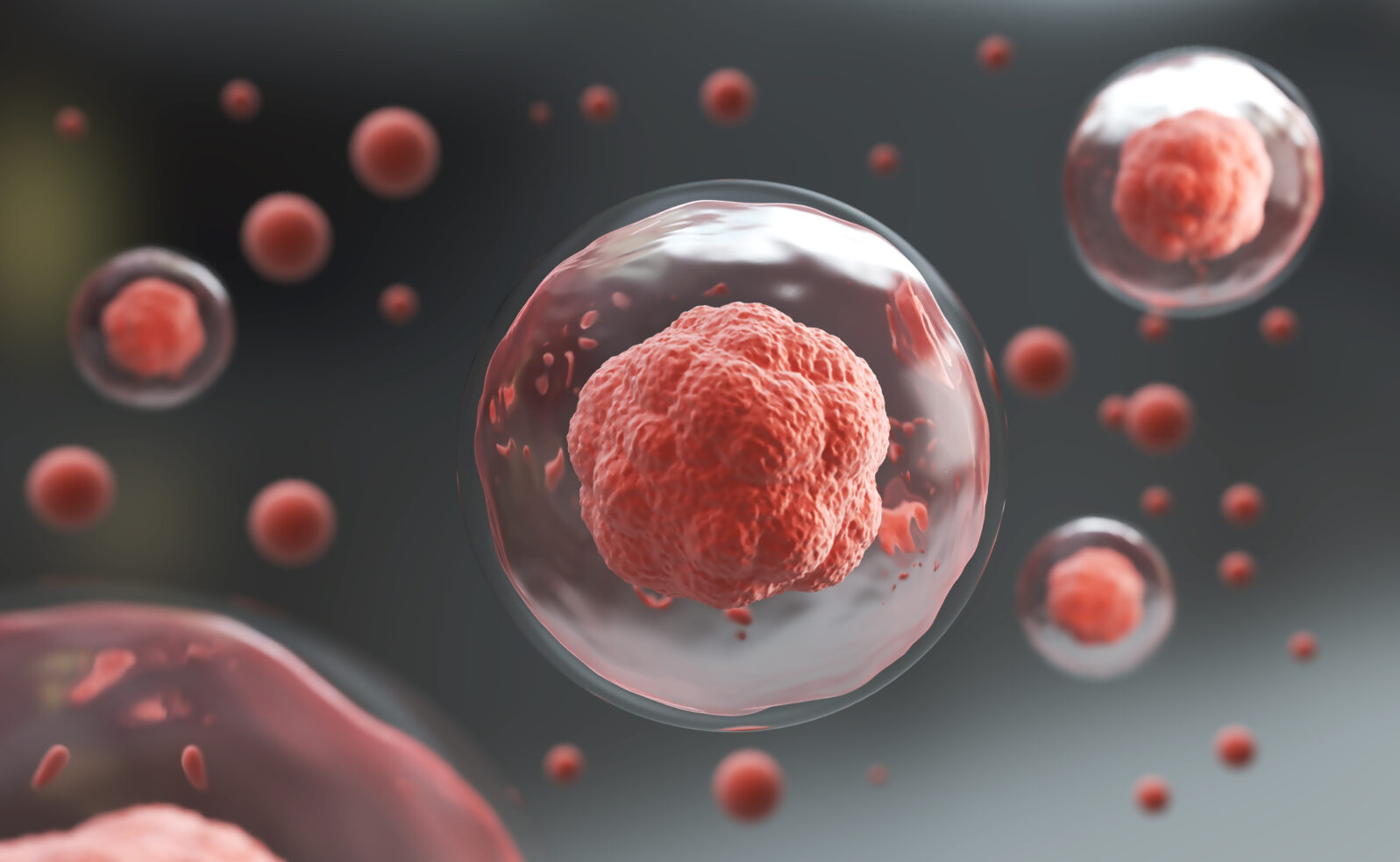How Life Differs From Matter: It Intentionally Uses Information
Astrophysicist Adam Frank asks an interestng question at Big Think: Does biology move more information per second than technology? Life, he says, is fundamentally different from matter and energy in that it intentionally uses information:
… what makes life special — what makes it different from all the other physical systems — is its ability to use information. Stars, for example, can be described in terms of information but it doesn’t make much sense to think of them as using that information. By “use,” I mean deliberately storing, copying, transferring, and processing information toward some end.
Adam Frank, “Biology or technology: Which moves more information per second?” Big Think, January 19, 2024
That’s part of what makes the origin of life so difficult to resolve into simple physics or chemistry. Life was something fundamentally new and it is not clear how the traditional stuff could produce it on their own.
Frank, along with colleagues Manasvi Lingam and Amedeo Balbi, offers an open-access paper that attempts to calculate global information flow from nature (the biosphere), which they estimate at about 1024 bits/second — nine orders of magnitude higher than that produced by human efforts (the technosphere).
But they believe that that figure is set to change:
It turns out that the rapid expansion of digital technology puts us on a path where the technosphere will outpace the biosphere in terms of information transfer by the beginning of the 22nd century (the exact date Manasvi found was 2113).
So, by 2113 the human-built technosphere will move more bits than the biosphere (from which humans emerged).
Adam Frank, “Biology or technology?”

Frank wonders if this is a threshold for the evolution of our species. But some caution is surely advisable. Many assumptions are built into both of these figures and no one knows what the next 90 years will hold.
A saying attributed to Albert Einstein (1879–1955) is “I do not know with what weapons World War III will be fought, but World War IV will be fought with sticks and stones.” A number of societies through history simply stopped innovating or even went into technological decline.
Update: An earlier version of this article contained information from the BBC that experimental physicist Rob Sheldon advises us is not accurate. He writes, “This and several other experiments have been done to find the “weight” or “energy content” of information, and the general consensus is that it is small and positive.” Mind Matters News regrets the error.
As many pundits have said, predictions are tricky, especially with regard to the future. But a healthy appreciation of the ways in which information is different from matter and energy will stand us in good stead anyway.
Note: Robert J. Marks offers other conundrums of information here.
You may also wish to read: Can information be separated from intelligence? Part 1. Marcello Barbieri finds that many biologists see information in life forms — biological information — as something that “does not really belong to science.” Barbieri seems to want biology to combine physicalism with an acceptance of information. But information, unlike chemistry, is fundamentally immaterial.
